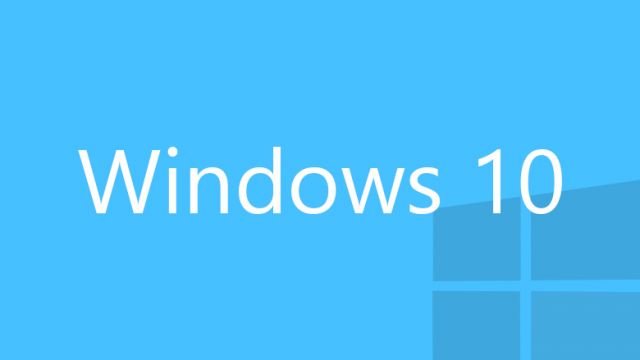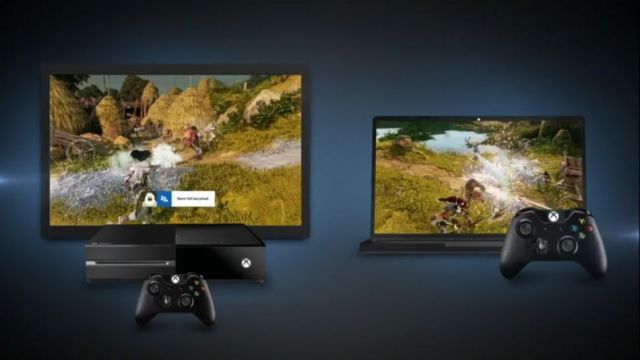While I could have sworn that Microsoft had stated previously that they didn’t want to have as many versions of Windows 10 like it did with Windows 7, it seems that might have been an error on their part or I simply misunderstood. As it currently stands, Microsoft has announced today that there will be exactly six different versions of it’s upcoming Windows 10 operating system. Why six versions you ask?
Microsoft is is deeply integrated into multiple aspects of the operating system world as you might have already guessed. As such they fully plan on pushing the Window 10 platform out to each and everyone of them, some of which includes home end users, the educational system and the business / enterprise world. And while I only mentioned 3 specific ecosystems, there are typically multiple versions to address multiple needs in those ecosystems, such as a home and a pro version for consumers on both the lower and higher ends. No different than with Windows 7 and 8 having a home version and a professional edition. Both versions can work for the consumer end but with functions in each version that cater to different needs. For example the home version doesn’t have the ability to receive RDP or Remote Desktop Connections but the professional version does.
So let’s take a look at the six versions that Microsoft is going to offer and what they include;
- Windows 10 Mobile is designed to deliver the best user experience on smaller, mobile, touch-centric devices like smartphones and small tablets. It boasts the same, new universal Windows apps that are included in Windows 10 Home, as well as the new touch-optimized version of Office. Windows 10 Mobile offers great productivity, security and management capabilities for customers who use their personal devices at work. In addition, Windows 10 Mobile will enable some new devices to take advantage of Continuum for phone, so people can use their phone like a PC when connected to a larger screen.
- Windows 10 Home is the consumer-focused desktop edition. It offers a familiar and personal experience for PCs, tablets and 2-in-1s. Windows 10 Home will help people do great things, both big and small. With it, they will be more productive and have more fun thanks to a long list of new innovations: Cortana, the world’s most personal digital assistant; the new Microsoft Edge web browser; Continuum tablet mode for touch-capable devices; Windows Hello face-recognition, iris and fingerprint login; and right out of the box, a broad range of universal Windows apps like Photos, Maps, Mail, Calendar, Music and Video.
We are also bringing the Xbox gaming experience to Windows 10, giving games and gamers access to the Xbox Live gaming community, enabling the capture and share of gameplay and giving Xbox One owners the ability to play their Xbox One games from any Windows 10 PC in their home.
- Windows 10 Pro is a desktop edition for PCs, tablets and 2-in-1s. Building upon both the familiar and innovative features of Windows 10 Home, it has many extra features to meet the diverse needs of small businesses. Windows 10 Pro helps to effectively and efficiently manage their devices and apps, protect their sensitive business data, support remote and mobile productivity scenarios and take advantage of cloud technologies. Windows 10 Pro devices are a great choice for organizations supporting Choose Your Own Device (CYOD) programs and prosumer customers. Windows 10 Pro also lets customers take advantage of the new Windows Update for Business, which will reduce management costs, provide controls over update deployment, offer quicker access to security updates and provide access to the latest innovation from Microsoft on an ongoing basis.
- Windows 10 Enterprise builds on Windows 10 Pro, adding advanced features designed to meet the demands of medium and large sized organizations. It provides advanced capabilities to help protect against the ever-growing range of modern security threats targeted at devices, identities, applications and sensitive company information. Windows 10 Enterprise also supports the broadest range of options for operating system deployment and comprehensive device and app management. It will be available to our Volume Licensing customers, so they can take advantage of the latest innovation and security updates on an ongoing basis. At the same time, they will be able to choose the pace at which they adopt new technology, including the option to use the new Windows Update for Business. With Windows 10, Enterprise customers will also have access to the Long Term Servicing Branch as a deployment option for their mission critical devices and environments. And as with prior versions of Windows, Active Software Assurance customers in Volume Licensing can upgrade to Windows 10 Enterprise as part of their existing Software Assurance benefits.
- Windows 10 Education builds on Windows 10 Enterprise, and is designed to meet the needs of schools – staff, administrators, teachers and students. This edition will be available through academic Volume Licensing, and there will be paths for schools and students using Windows 10 Home and Windows 10 Pro devices to upgrade to Windows 10 Education.
- Windows 10 Mobile Enterprise is designed to deliver the best customer experience to business customers on smartphones and small tablets. It will be available to our Volume Licensing customers. It offers the great productivity, security and mobile device management capabilities that Windows 10 Mobile provides, and adds flexible ways for businesses to manage updates. In addition, Windows 10 Mobile Enterprise will incorporate the latest security and innovation features as soon as they are available.
Is Microsoft poised to replace both Windows 7 and 8 with the upcoming Windows 10 OS? Based on my usage of the Windows 10 tech preview on my secondary PC (which I’ve been testing with my wife and children), on my laptop and also on my Dell Venue 11 pro, it’s a safe beat to say that I feel that they will. On top the fact that Windows 10 is a free upgrade for Windows 7 and 8 users (for the first year only), the updates and changes I feel definitely make the OS feel fresh and will be welcomed more than their last attempt with Windows 8.
More than a free coat of paint, Windows 10 has the power to show that Microsoft can still make a good and worthwhile OS and if this is any indication then not only will it be one of their best but it will also be the launching platform for their Windows SaaS or Software as a Service.
Will you be upgrading to Windows 10 once it releases?




